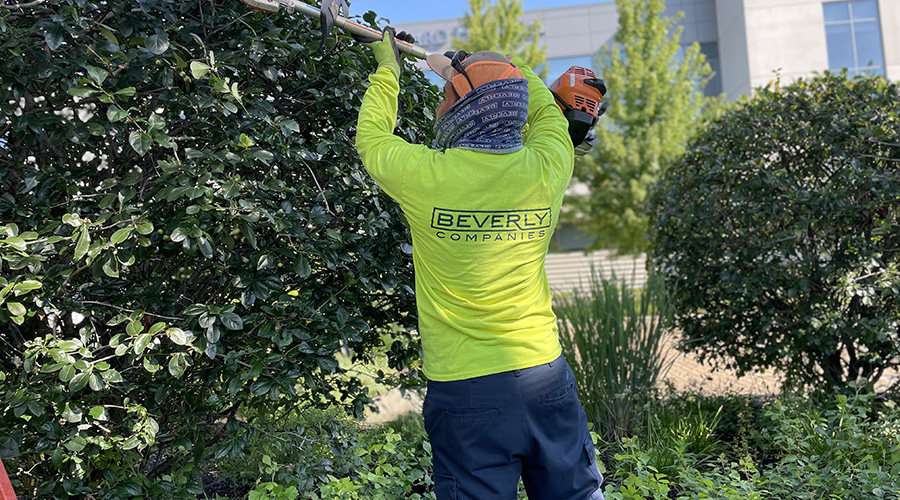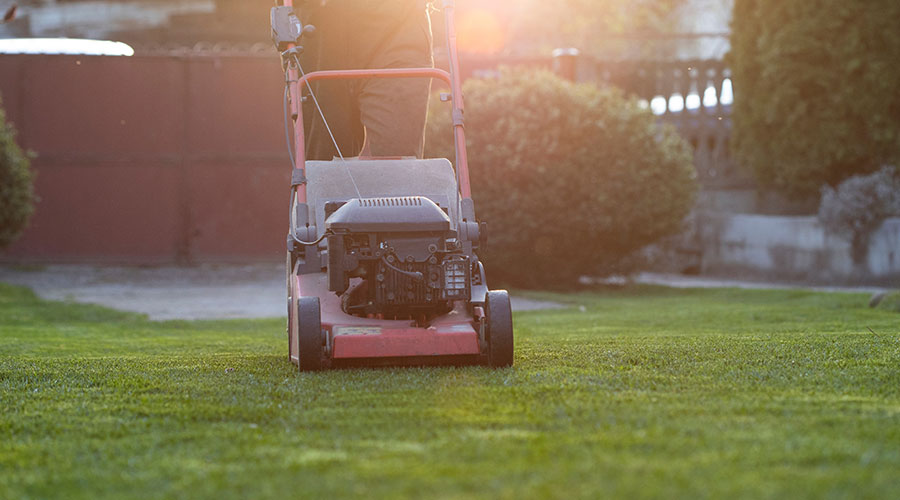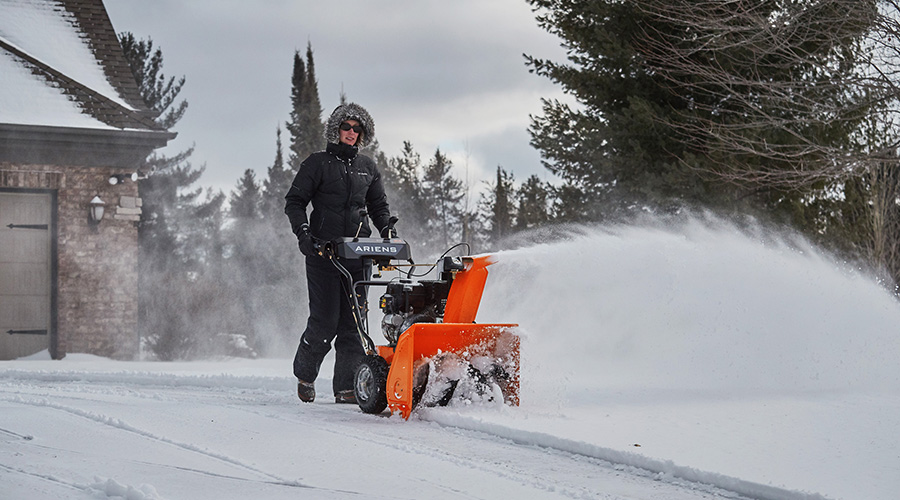Extended Warranty Recommendend for Grounds Attachments
Part 3 of a 4-part article on the versatility of grounds equipment attachments
The challenges involved in successful specification and use of grounds equipment attachments do not end with the purchase. Although inspecting the attachment immediately before or after purchase is most ideal, many managers and technicians just do not take time to do this. Here is where the manufacturer’s warranty comes in.
For example, if a department does not use the attachment for several months and a technician later discovers it does not work, the manufacturer’s warranty covers the costs of replacing the product, saving the manager time and money.
Most technicians also will not spend the time and energy to attach a snowplow to a truck in the months leading up to winter, so they must make sure the warranty covers the appropriate period. If it does not, it might be a smart move to buy an extended warranty.
Storing commercial lawn equipment appropriately also is vital to the lifecycle of the attachment. To guarantee that attachments work when crews need them to, managers should create a comprehensive maintenance plan.
The plan should cover steps involved in cleaning and storing each piece of equipment. For instance, when a worker is finished using the attachment, clean it and remove any dirt and grease. If dirt and grease are left on the equipment for long periods, it can be difficult to reattach, and it can get rusty, leading to malfunctions and expensive repairs or replacements. Lubrication is equally important for proper equipment maintenance.
To maximize the performance of attachments, technicians should remember to use the appropriate industrial cleaner. When cleaning attachments and other equipment, use a heavy-duty degreaser.
Removing fuel left in the attachment before storing it long-term also can prevent any future damage. Storing attachments and other tools in a place where sun, rain, cold, and other elements can not affect them also will help prevent rust or damage from occurring.
It also is beneficial for managers and technicians to go through the manufacturer’s manual to identify specific care and service timelines. Managers also should share the attachment’s requirements with the rest of the department to ensure proper maintenance and care.
Attachments have become essential components of grounds care, but as the role of technology increases, so does the need for high-tech attachments. By keeping in mind a crew’s specific needs and by investing in the right accessories, managers can ensure they make cost-effective, long-term product decisions.
Mike Fitzpatrick is vice president of U.S. Lawns — www.uslawns.com — which has about 260 franchise locations nationwide. He has more than 30 years of experience in the green industry.
Related Topics:















